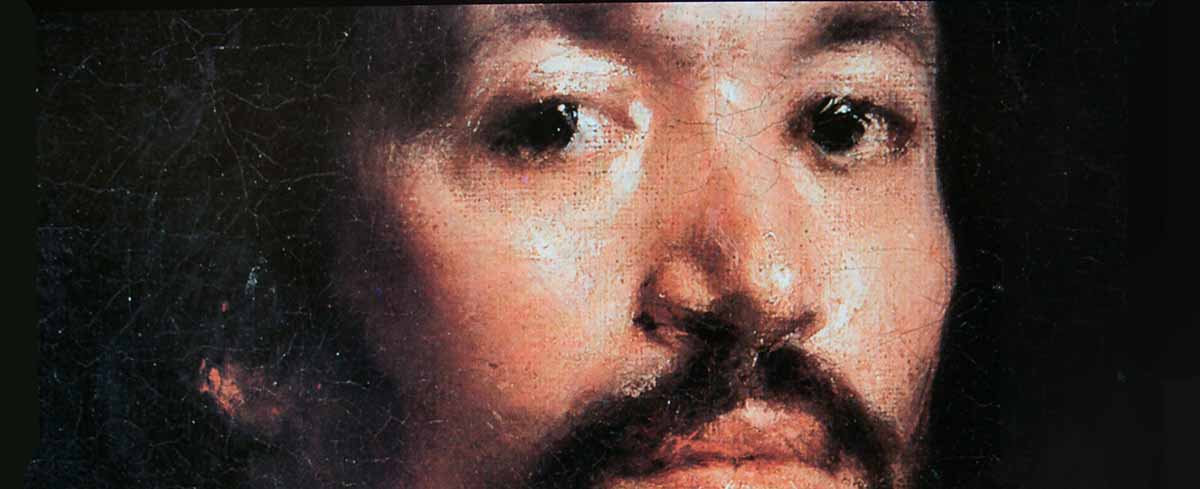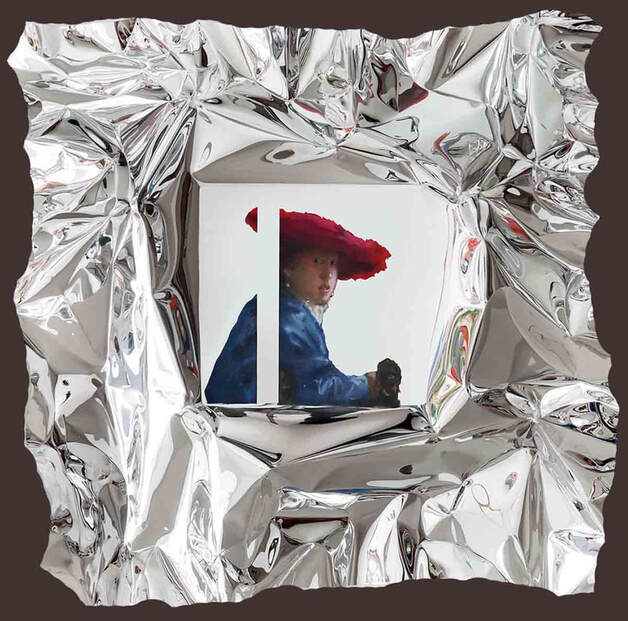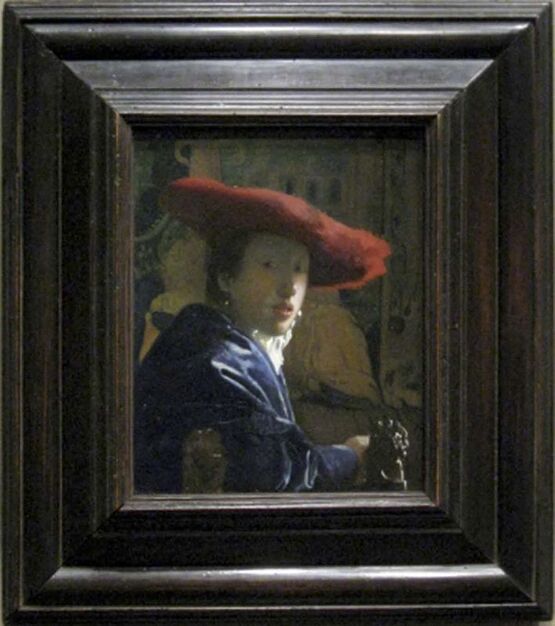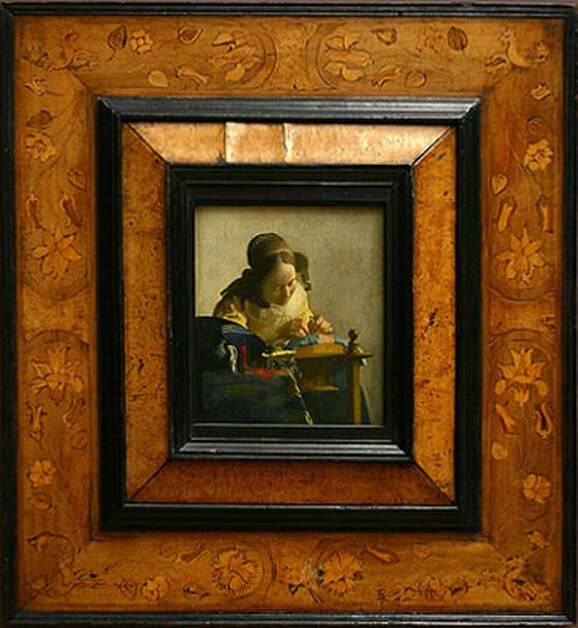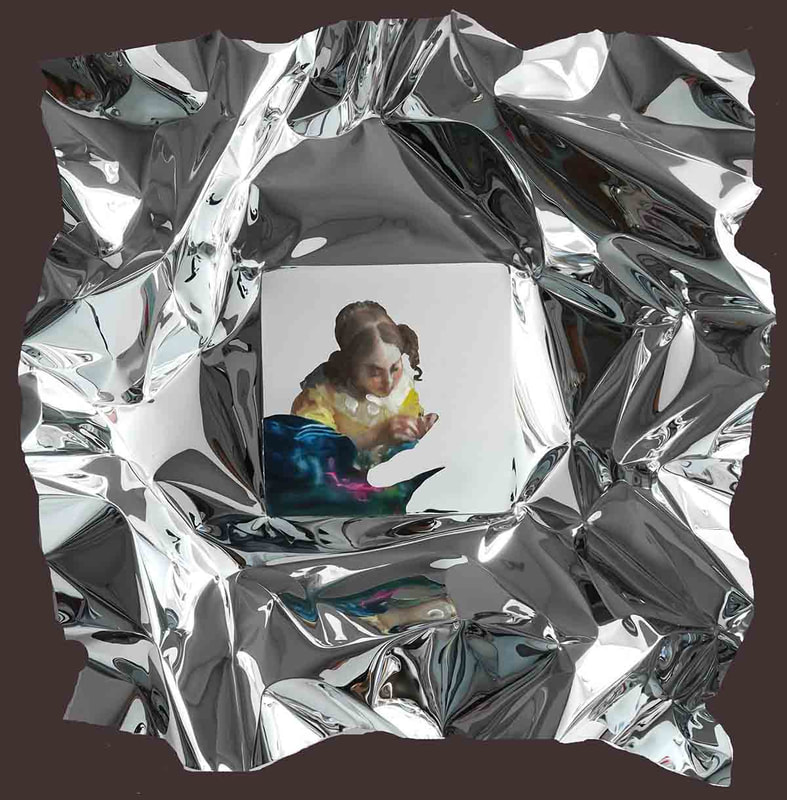BAROCCO | CONCEPT
The series barocco shows my love and admiration for masterpieces of the Baroque and Rococo era.
Surrounded by art books of all kinds since childhood, masterpieces of many epochs became familiar companions to me at an early age. I was particularly fascinated - and I am certainly not alone in this choice - by the paintings of Titian, Rembrandt, Vermeer and Velasquez and the drawings of Rubens and Watteau.
Velasquez, Juan de Pareja, 1650
Some of those artists have inspired me to create entirely new kinds of work (sphere-series), while others have seduced me into homages that have developed their own unique charm. This is what happened with the Barocco series.
Many of my works, which live in the intermediate realm of painting and sculpture, cannot be framed per se. But even for my flat paintings I have always rejected framing. Baroque paintings, however, were considered incomplete in the minds of their contemporaries without framing (more on this topic see link at the end of this page).
And to this day, it is almost unthinkable to present paintings of this era unframed in museums. Therefore, all works of my barocco series have to get their own frame.
But this is done in a rather unconventional way. To be honest, it is not a real frame. It is not subsequently put around the painting, but is part of it proliferating out of the centre and around it. The frame results from a sculptural shaping of the entire picture support of mirrored aluminum and is not added afterwards.
Since the painted part does not occupy the entire area reserved for it in the center, the background is mirroring just as much as the 'frame' surrounding it and forms an inseparable unit with it.
In this way, the baroque paintings I quote and translate into my painting style appear dignified and sparkling - but this is done with a wink.
Many of my works, which live in the intermediate realm of painting and sculpture, cannot be framed per se. But even for my flat paintings I have always rejected framing. Baroque paintings, however, were considered incomplete in the minds of their contemporaries without framing (more on this topic see link at the end of this page).
And to this day, it is almost unthinkable to present paintings of this era unframed in museums. Therefore, all works of my barocco series have to get their own frame.
But this is done in a rather unconventional way. To be honest, it is not a real frame. It is not subsequently put around the painting, but is part of it proliferating out of the centre and around it. The frame results from a sculptural shaping of the entire picture support of mirrored aluminum and is not added afterwards.
Since the painted part does not occupy the entire area reserved for it in the center, the background is mirroring just as much as the 'frame' surrounding it and forms an inseparable unit with it.
In this way, the baroque paintings I quote and translate into my painting style appear dignified and sparkling - but this is done with a wink.
|
barocco 4
|
Vermeer, Girl with a Red Hat, ca. 1665-1667
|
Jonathan Janson wrote on his website www.essentialvermeer.com about framing in the Baroque Era. I also owe him the photos of the framed Vermeer paintings above.
